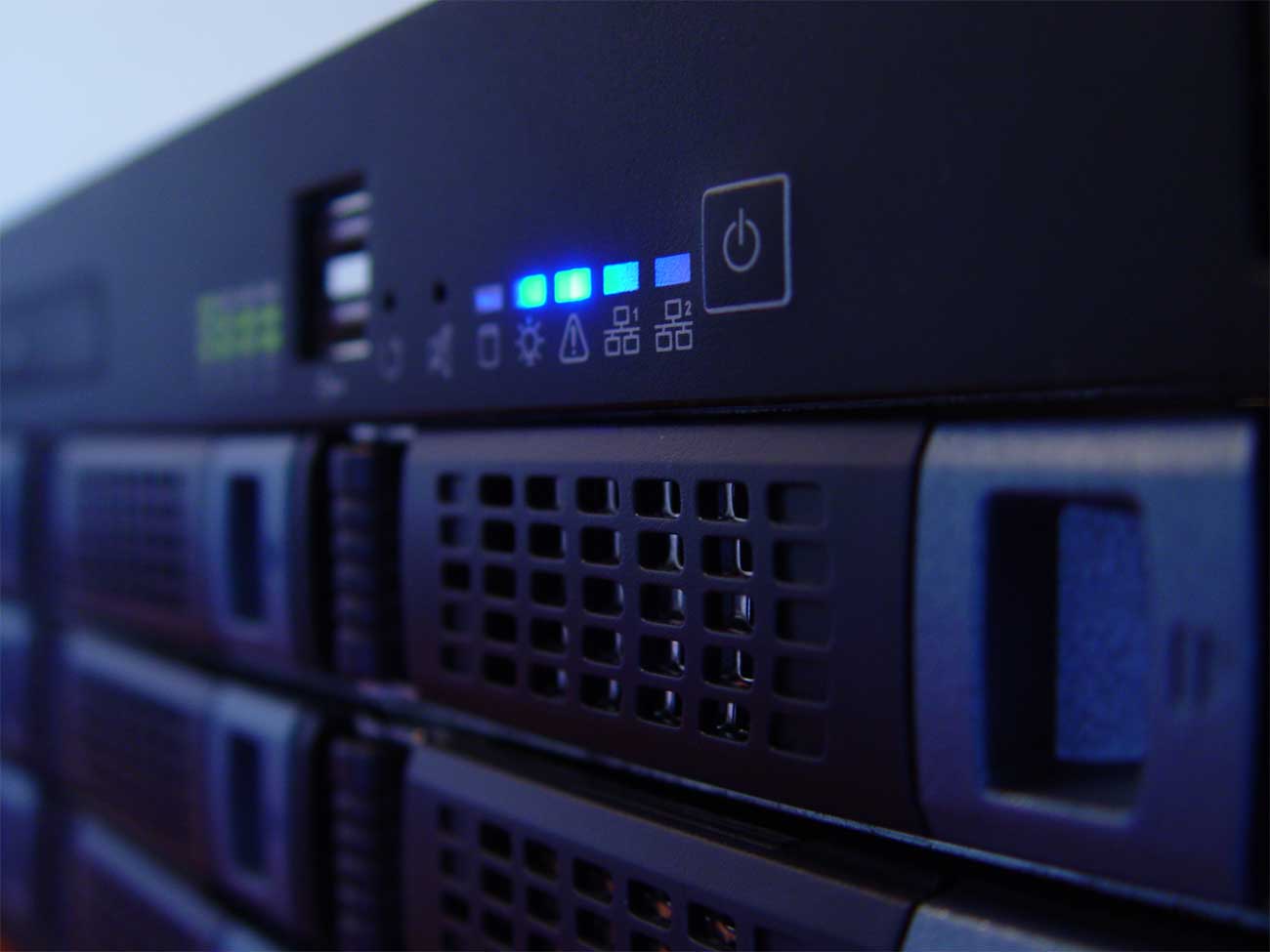
The next big wave in the server innovation is changing computing and its not just about moving to cloud. It is beyond that! But this shift is happening fast because of the cloud computing. This change is happening at the edge of the network and not the core of the data center; a shift that’s evident from the way we are interacting with and controlling devices, to how we’re taking advantage of the cloud, mobility, social networking and big data.
In order to stay competitive and to meet the growing demand of response services, IT sectors are leveraging edge computing. You must be wondering what? In edge computing, sensors, controllers, and other connected devices collect and analyze IoT data themselves, or transmit it to a nearby computing device, such as a server or laptop, for analysis. When this data processing and analysis occurs at the edge of a network, as opposed to a data center or cloud, the data can be immediately analyzed – and put into action.
Edge server infrastructures are quite different from data centers and cloud server infrastructure. In the data center, the typical server lifecycle is five to six years and in the cloud, it’s two to three years at most due to cloud operators making frequent refreshes to keep up with the latest technologies and keep their support costs down. But at the edge, server lifecycles may be from seven to ten years. Systems that need to be on the field that long needs to be designed and serviced differently. For example, system manufacturers need to plan ahead to ensure that spare parts are available for the expected life of edge servers.
Edge computing works at the individual device, fleet, or plant level. Following are few benefits of edge computing:
- Real-time or near real-time data analysis: as the data is analyzed at the local device level, not in a distant data center or cloud;
- Lower operating costs: due to the smaller operational and data management expenses of local devices vs. clouds and data centers;
- Reduced network traffic: because less data is transmitted from local devices via a network to a data center or cloud, thereby reducing network traffic bottlenecks;
- Improved application performance: as apps that don’t tolerate latency can achieve lower latency levels on the edge, as opposed to a faraway cloud or data center.
Businesses are opting for Edge
The transformation to edge computing is taking place because of following factors: the growth of IoT, the pace of technology empowered business, and evolving user expectations.
Today every company needs easy and fast access to their data to be successful. For instance, a medical store needs to know, which all medicines are in stock, which are getting expired soon, and which needs to be purchased more. This scenario requires speed and scale to support latency-sensitive, machine-to-machine data.
When it comes to customers, expectations are always high and brands must be prepared to deliver them. Edge computing allows businesses with a geographically dispersed customer base to deliver the exceptional availability consumers demand, while also enabling data to be shared across the globe instantly. It also enables businesses with remote or branch offices to replicate cloud services locally, improving performance and productivity.
Future of Edge
BI Intelligence report states that the manufacturing, utility, energy, and transportation industries are expected to adopt edge computing first, followed by smart cities, agriculture, healthcare and retail.
If you think that cloud computing will get close soon due to an edge. Then that’s not the case. Cloud computing and edge computing provide significant, yet different, benefits, and smart IT strategists will be sure take full advantage of both.
